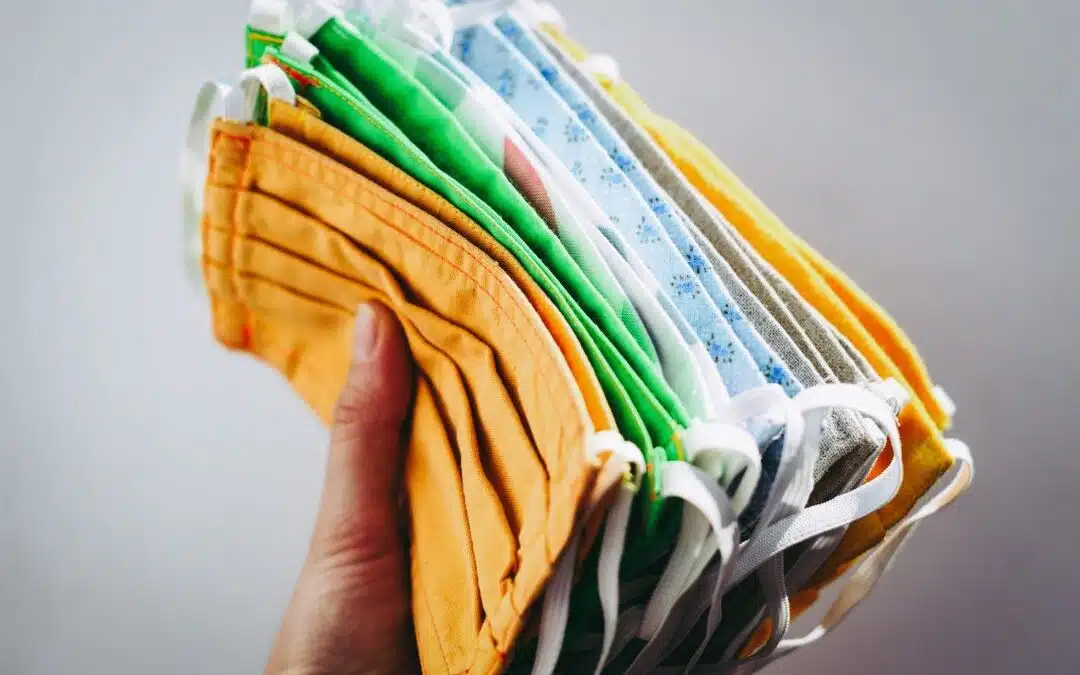That is the question. With apologies to the Bard of Avon (Hamlet, Act III, Scene l), the slings and arrows of outrageous fortune have been upon us since March, when Covid 19 entered the theater and refused to relinquish the stage. Medical authorities worldwide have recommended the wearing of face coverings as an effective way to shorten this viral performance. Whether to follow this advice has become a matter of countless, heated debates in the US.
What is one to do?
You’ll not find a recap of those debates here. No listing of medical claims or their counterpoints. No discussion of individual “rights” (constitutional or otherwise). What I will provide is a brief summary of a report prepared by Goldman Sachs, one of the largest investment banks in the world and a primary dealer in the United States Treasury Security market. That report entitled, “Face Masks and GDP” was published in late June 2020 and included the following key observations:
-
- In particular, we (Goldman) argue that a national face mask mandate could partially substitute for renewed lockdowns. We start by showing that a national mandate would likely increase face mask usage meaningfully, especially in states such as Florida and Texas where masks remain largely voluntary to date.
- We find that face masks are associated with significantly better coronavirus outcomes. Since this is true across all three of our models and the results are robust to the inclusion of a number of control variables, it seems to reflect a largely causal impact of masks rather than correlation with other factors (such as reduced mobility or avoidance of large gatherings).
- Finally, we translate our results into GDP terms by asking how much our Effective Lockdown Index (ELI) would need to increase in order to cut infections by as much as a national mask mandate, and then converting the ELI impact into a GDP impact using the estimated cross-country relationship between the two. These calculations imply that a face mask mandate could potentially substitute for lockdowns that would otherwise subtract nearly 5% from GDP.
In a nation with many tens of millions of newly unemployed workers, a 5% positive change in GDP (by wearing masks) could have huge employment implications. As “The Economist” estimates in its article, “Cloth of Gold” (August 22, 2020 issue), “an American wearing a mask for a day is helping prevent a fall in GDP of $56.14.” That’s over $13,500/person on an annualized basis.
Seems to more than cover the costs (financial or otherwise) of wearing masks.
.

Peter has spent the past twenty-plus years as an acting/consulting CFO for a number of small businesses in a wide range of industries. Peter’s prior experience is that of a serial entrepreneur, managing various start-up and turnaround projects. He is a co-founder of Keurig.

